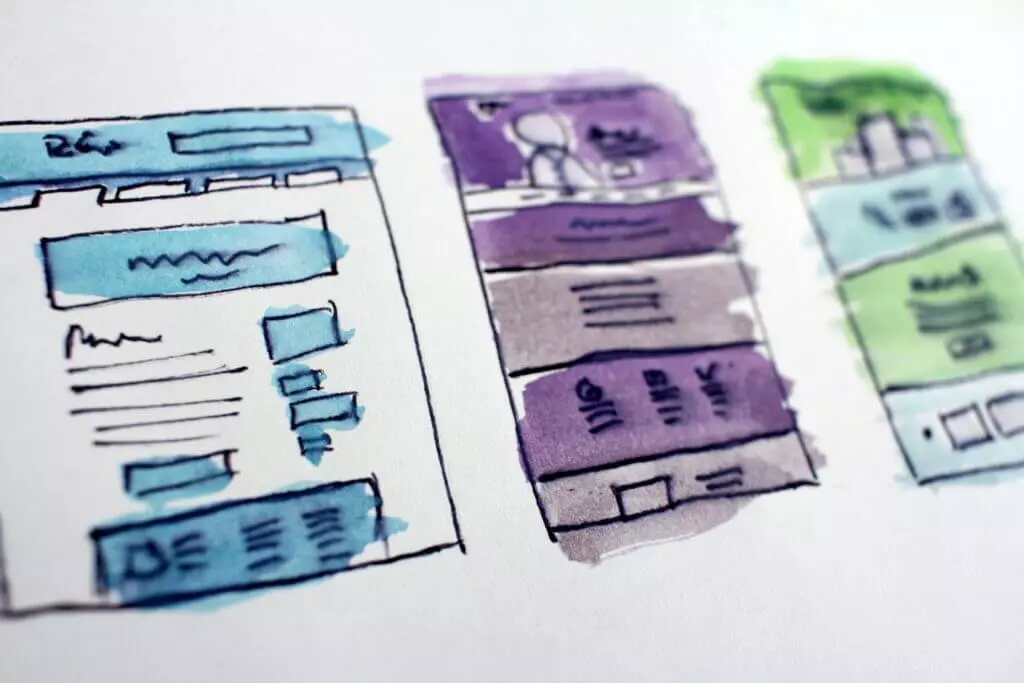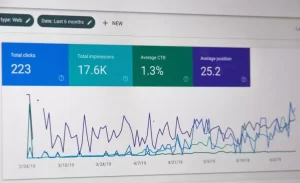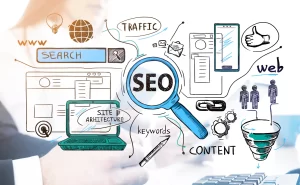Web design has evolved considerably over the past decade, adapting to technological changes and user needs. In the past, websites were static and monotonous, with simple interfaces and limited functionalities. However, with technological advancements and the increasing use of mobile devices, web design had to reinvent itself to provide a more interactive and attractive experience.
A notable change in the evolution of web design is the transition from desktop design to responsive design. Years ago, most websites were exclusively designed for display on desktop monitors, while mobile device users were largely neglected. As the use of smartphones and tablets grew rapidly, it became evident that websites needed to be optimized to adapt to any type of device.
Responsive design allows websites to automatically adjust to the user’s screen size and resolution. This means that both the content and the structure of the website adapt to provide an optimal visual experience, regardless of the device used, ensuring that users enjoy a user-friendly interface, regardless of their screen size. Due to its ability to enhance user satisfaction, responsive design has become a standard in the web design industry.
Another important aspect of the evolution of web design is the shift from static to interactive and dynamic interfaces. In the past, websites mainly presented information passively, and users had limited interaction options. Today, web design focuses on engaging users and creating interactive experiences.
Interactive design relies on the use of animations, visual effects, and interactive elements to captivate users and provide them with a pleasant and engaging experience on websites. By including interactive elements such as buttons, dropdown menus, and hover effects, a level of interactivity is added that encourages users to explore the available content in-depth. As a result of this evolution in web design, the time spent on websites has increased significantly, and user engagement has shown remarkable growth.
Additionally, advancements in technology and development tools have facilitated the creation of faster and more efficient websites. Website loading time is now a critical factor in user experience, and web designers are focused on optimizing site performance to ensure fast and smooth loading.
Moreover, web design has evolved aesthetically as well. Once, websites were predominantly text-based, with few visual elements. However, nowadays, web designers focus on creating aesthetically pleasing websites that combine images, colors, and typography to provide an attractive visual experience.
In conclusion, web design has undergone significant development in recent years, adapting to user needs and technological changes. From responsive design and interactive interfaces to optimized performance and enhanced aesthetics, web design is in a continuous transformation. However, it is essential for web designers to stay updated with current trends and provide quality experiences to users.
Discover the importance of a quality web design in the prosperity of a business!
Follow us on social media:
Instagram: https://www.instagram.com/securemenow/
Facebook: https://www.facebook.com/securmenow
We offer Web Design services. Contact us







